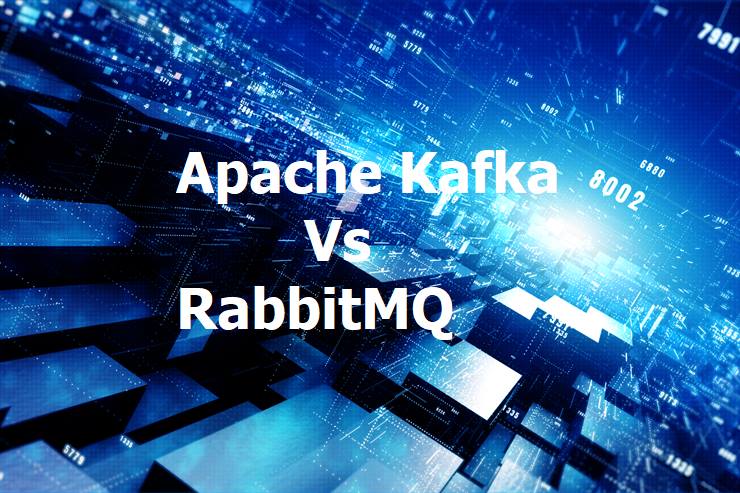Software-Defined Networking and Network Virtualization differ in the separation of functions and resources. SDN isolates physical networking resources. These resources can be switches and routers. Moreover, it shifts decision-making to a virtual network control plane.
The control plane selects where to send traffic in this method. This takes place while the hardware continues to steer and handle the traffic.
The goal of NFV is to virtualize all physical network resources. This takes place under a hypervisor. Thus allowing the network to grow without the addition of new devices.
Both SDN and NFV make networking architectures more flexible and dynamic. But, their roles in defining those structures and the infrastructure they support differ.
What Is Network Virtualization?
Network virtualization (NV) transfers network resources from hardware to software. Network virtualization can integrate many physical networks into a single virtual, software-based network. Or it can divide a single physical network into separate, independent virtual networks.
Network virtualization software lets network managers move virtual machines between domains.
They can do this without having to reconfigure the network. The programme generates a network overlay. This overlay allows many virtual network layers. These layers run on top of a single physical network fabric.
Network virtualization is altering the rules for the delivery of services. It does so from the software-defined data centre to the cloud and all the way to the periphery. This method transforms networks from rigid and inefficient to dynamic and agile.
Modern networks need to keep up with the need for cloud-hosted, distributed apps. Also, they need to keep up with the growing threats posed by hackers. This must take place while providing the speed and agility required for a faster time to market the applications. Network virtualization eliminates the need to spend extra time in setting up the infrastructure. The user can launch apps and modify them in minutes, resulting in a quick time to value.
Process of Network Virtualization
Network virtualization decouples network services. It does this from the underlying hardware. It enables virtual network deployment across an entire network. Network virtualization enables creating provisioning and managing networks. This takes place in software while retaining the underlying physical network. This underlying physical network acts as the packet-forwarding backplane.
Switching, routing, firewall, load balance, VPN, and other physical network resources get pooled. They are given as software. It requires Internet Protocol (IP) packet forwarding from the underlying physical network.
In software, network and security services need deployment to a virtual layer. The virtual layer can also be understood as hypervisors in the data centre. These services are then attached to particular workloads. These workloads can be such as your virtual machines or containers.
They are in line with networking & security policies set for each linked application. As a workload transfers to a new host, network services and security policies follow. More workloads develop to grow an application. This results in the application of relevant policies to these new workloads. Thus resulting in increased policy consistency and network agility.
What Is Software-Defined Networking
Software-Defined Networking architecture separates the control plane from the data plane. Thus allowing networks to be more programmable and flexible. Users adapt to changes because of the importance of software-defined networks in cloud computing. SDN management enhances network performance and monitoring by making network configuration more efficient.
Software-Defined Networking enables applications and network services to have direct network control. SDN allows for a more manageable and dynamic network infrastructure. Software-defined network architecture decouples the network control and forwarding tasks. It differentiates this control from physical hardware such as routers and switches.
The following components make an SDN architecture:
- A northbound interface in the SDN application helps to communicate network resources and devices to the SDN controller.
- SDN Controller handles translating requirements. It does so from the SDN application layer to the SDN datapaths. The SDN Controller also provides a common repository of network policies. It also gives a view of the networks and network traffic to SDN applications.
- SDN Datapath is the use of switches to transfer data packets across a network.
- SDN APIs enable open and proprietary communication. This communication takes place between the SDN Controller and network routers.
Process of Software Defined Networking
To deliver software-based network services, SDN employs a centralized SDN controller. A network administrator can administer network policies from a centralized control plane. This eliminates the need to manage individual switches.
The SDN architecture consists of three levels. These levels communicate with one another via northbound and southbound application programming interfaces.
To communicate with the controller, applications can use a northbound interface. Meanwhile, the controller and switches can communicate via southbound interfaces.
The layers are as follows:
-
Layer of Application
SDN applications communicate with the SDN controller. They communicate about their behaviours and the resources they need.
-
The Control Layer
This layer manages policies as well as traffic flow. The data plane behaviour stays under the management of the centralized controller.
-
Layer of Infrastructure
This layer consists of the network's hardware switches.
What Is the Difference Between Software-Defined Networking and Network Virtualization?
Software-defined Networking (SDN) controls networks by decoupling the control and forwarding planes. Architects and administrators configure and manage network services. They do so by using software from a centralized control point. This method builds vital, nimble, and adaptable networks. These networks respond to changing business requirements. They do so by leveraging the virtualized infrastructure of current data centres.
Network Virtualization separates network functions from proprietary hardware appliances. It provides equal network capabilities without the need for specific hardware. These virtual network functions perform on high-performance x86 servers. They have the special advantage of being deployable on-demand.
Software-defined Networking and Network Virtualization share many similarities. This is due to the virtualization principle that drives their development and deployment. The two have significant variations in the general focus of network management responsibilities. They also differ in the standards that dictate architectural and design decisions.
Software-Defined Networking |
Network Virtualization |
|
It describes the main features of the entire network, such as the infrastructure, services, and applications that are available. It establishes network policies that govern the distribution and utilisation of network resources. Lower-level network functions are orchestrated and controlled by the hypervisor.
|
It provides a wide range of specialised functionalities that must be performed at all levels and stages of a network – at the periphery, boundary, and core – while being managed by a hypervisor.
|
|
The SDN architecture is centred on data centres.
|
NFV is primarily aimed at service providers and operators.
|
|
SDN separates the control plane and the data forwarding plane by centralising network control and programmability.
|
By shifting network services from dedicated appliances to virtual servers, NFV enables service providers or operators to virtualize functions such as load balancing, routing, and policy management.
|
| As a communication protocol, SDN employs OpenFlow.
|
For NFV, no protocol has yet been established.
|
| SDN is a supporter of the Open Networking Foundation. |
The ETSI NFV Working Group is in charge of NFV.
|
| SDN is supported by enterprise networking software and hardware providers.
|
Telecom service providers or operators are strong advocates of the NFV proposal.
|
|
Corporate IT serves as the SDN Business Initiator.
|
Service providers or operators serve as the NFV Business Initiator.
|
| SDN applications run on servers or switches that are industry standard. | NFV apps run on servers that are industry standard. |
| SDN also lowers network costs by eliminating the need for expensive switches and routers. |
NFV also improves scalability and agility while also shortening time-to-market by dynamically allocating hardware capacity to network services that are required at any given time. |
|
Application of SDN:
|
Application of NFV:
|
Conclusion
The fundamental commonality between software-defined networking (SDN) and network virtualization (NV) is the usage of network abstraction. SDN attempts to isolate network control operations from network forwarding services. In contrast, NV attempts to abstract network forwarding and other networking functions from the hardware on which they execute.
As a result, both rely on virtualization to abstract network architecture and infrastructure in software. This is also subsequently implemented by underlying software across hardware platforms and devices.
You may also like to read:
Cloud ERP For Digital Transformation: How It Helps Companies Transform
Brief About What does The Future hold for Software Defined Networking (SDN)





